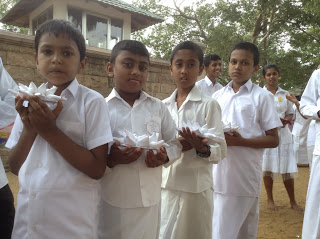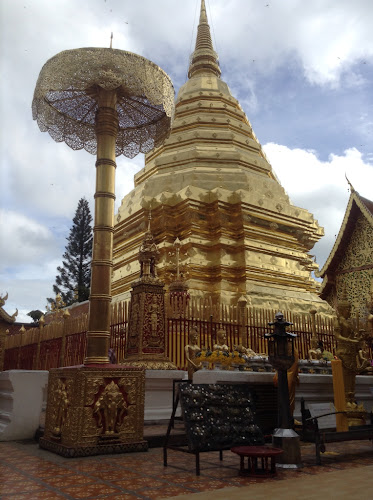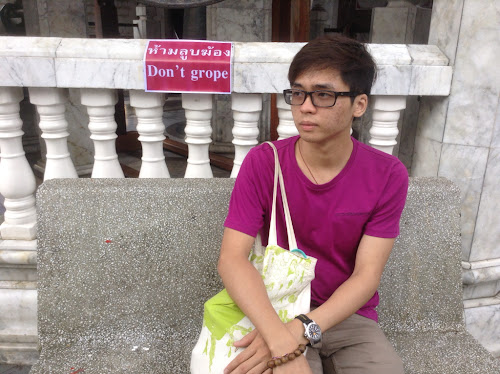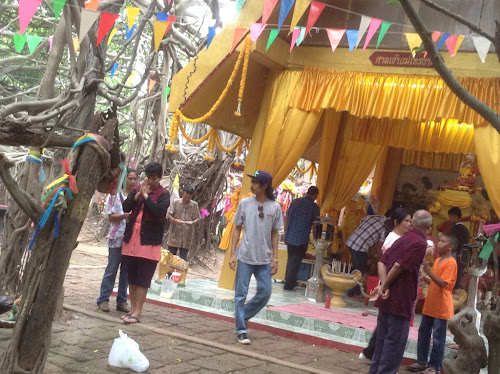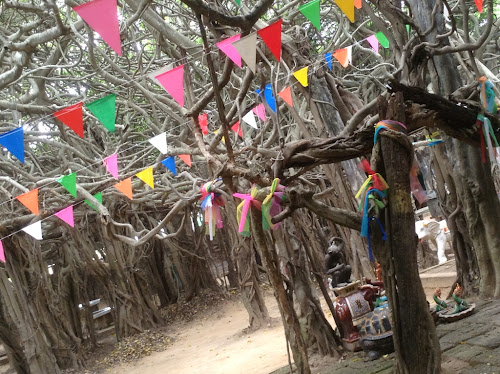Getting out of kandy was pretty tiring, and my patience has been tested a little. Breakfast was a wood apple lassi, a vegetable bun and a jam bun, both eaten on the bus later. I buy some local cardamon and am surprised by the price. There is a bull cart delivering vegetables, like something from the Middle Ages.
There is a scruffy tiring road where scruffy crowded buses are filling up. None of them have a sign for my chosen destination. Many in fact only have signs in singhalese, which I look at blankly. An elderly tuk tuk driver badgers me about going with him. I really don’t fancy a bumpy dusty smokey ride in a three wheeler being nudged constantly aside by the streams of buses. Plus I find buses interesting, mixing and watching locals, also they are cheaper. After 15 minutes he finally realises he won’t get me and offers to show me where my bus leaves from. The cheek of it, I leave him brusquely. The us station is. A nightmare of beaten up private white buses, beaten up state red ones and slightly less beaten up mini buses. There is no apparent order, no nice clear departure boards or helpful uniformed helpers. An anyway it’s not so bad, and I do find a minibus, where I have to jam myself in, rucksack on lap. Even the aisle of the mini bus is taken up with fold down seats. A couple with a new born sit in these rather dodgy looking places. The baby is cradled by the mother unsure her red and white flowery sarong, and doesn’t cry once. The minibus is considerably more expensive than a us but it’s quick. This due to the fact it. Rarely stops and is also more able to overtake quickly on the arrow windy roads.
Asana side I found out from the guys atthe hotel in kandy about buses and why they are. Driven the way that they are, ie fast, dangerously fast, impetuously overtaking and ramming passengers in, so they are hanging out of the door. The state bus drivers receive a salary, the private ones work on a percentage of fares, so they area,ways trying to get ahead of the state buses to pinch the waiting passengers. Apparently if they manage to reach their target, any extra fares go straight in the pocket of driver and conductor.

Digression.
Dambulla isn’t much more than a dusty road going past the golden temple, a kitsch monstrosity of an enormous gild Buddha sitting atop the Buddhist museum, this decorated with teeth, the doorway a mouth, it looks like something at a funfare: welcome to the horror house. I get a tuk tuk driver to show me some guest houses and take the most comfortable. It’s on a dusty track off the main road and has a rooftop terrace, which would be great if there was more life here than just me and my beer. But, actually I will be able to get back into my book now. Finding the guesthouse after dusk was pretty hard and I was beginning to panic a bit. There are no street lights here, houses are set back behind trees, there are a few basic stealers selling snacks and soft drinks. It’s too dark to see the face of the few people who do pass me. Yes I get lost. Before going out I took a photo of the sign of the guest house. The picture is a bit confusing as the name is partially obscured, and also I’m afraid that my camera battery is about to die. When I do try and use the picture, the guy I show it too doesn’t really catch my drift and walks me to another place. I’m looking for a road which, I remember, has a couple of dismantled tuk tuks. That would be hard to explain to a local with rudimentary English. In the end I do get my bearings and feel pretty relieved.
My late afternoon at the golden temple and cave temples was nice. At the bottom is a muddy batterered monastery. I get quite enthused to see orange robed young monks playing cricket. I know this is breaking their code of conduct…is this why they are slightly hostile to me taking photos?
The caves are at the top of a 10 minute climb up steps. The entrance fee is disproportionately high, as with all the monuments here. Is this money going into government funds? I hope not. There are 5 temples of varied size, the first one just containing a reclining Buddha. The second one is the most engaging with beautiful painted ceiling and a myriad of Buddhas in all manner of poses. There is a mix of locals, independent westerners and groups guided by loud locals. Unfortunately there is no hush, lots of loud voices, and too many flashes. I pace things and wait for more quiet moments to return to the temples and enjoy them much more. It’s is the end of the afternoon and dusk is falling. The sunset perched on the top of the rock is colourful, awesome, orange slowly faded over a lake rows of mountains and jungle stretching far and away. Red faced monkeys frollick and tumble.ive seen a lot of them everywhere today, starting with the rubbish piles in kandy.
The guesthouse peace is blown apart by returning guests. Shouting Italian parents and equally loud young kids.


























